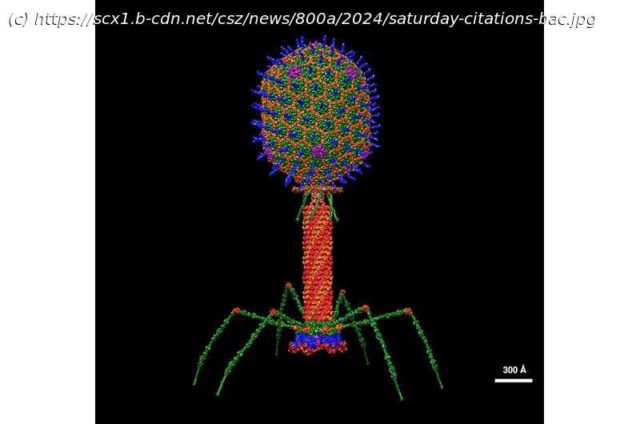There’s a lot of science news in seven days, so just because a new study isn’t cited here on Saturday morning doesn’t mean it didn’t happen. A lot more has happened. But also, check out these four stories:
There’s a lot of science news in seven days, so just because a new study isn’t cited here on Saturday morning doesn’t mean it didn’t happen. A lot more has happened. But also, check out these four stories:
In agricultural settings on cultivated land, one variant of the bacteria Pseudomonas viridiflava will spread and become the dominant microbe, but it doesn’t happen on uncultivated land. Researchers at the University of Utah wanted to figure out why, but early in their study, they observed something so unexpectedly weird that it reoriented the whole focus of the study.
While studying the genomes of bacterial pathogens, they found that one specimen had captured a phage—a virus that attacks bacteria—and repurposed it to kill off its own bacterial competitors. Specifically, the bacteria acquired non-self-replicating clusters of the repurposed phage called tailocins, which penetrate the outer membranes of pathogens and kill them.
Speculating about the finding, lead author Talia Backman says that tailocins could potentially lead to new antibiotics to address the antimicrobial resistance crisis: “While tailocins have been found previously in other bacterial genomes and have been studied in lab settings, their impact and evolution in wild bacterial populations was not known. The fact that we found that these wild plant pathogens all have tailocins and these tailocins are evolving to kill neighboring bacteria shows how significant they may be in nature.”
Large language models are capable of producing text.
Home
United States
USA — IT Saturday Citations: Bacterial warfare, a self-programming language model, passive cooling in the...






